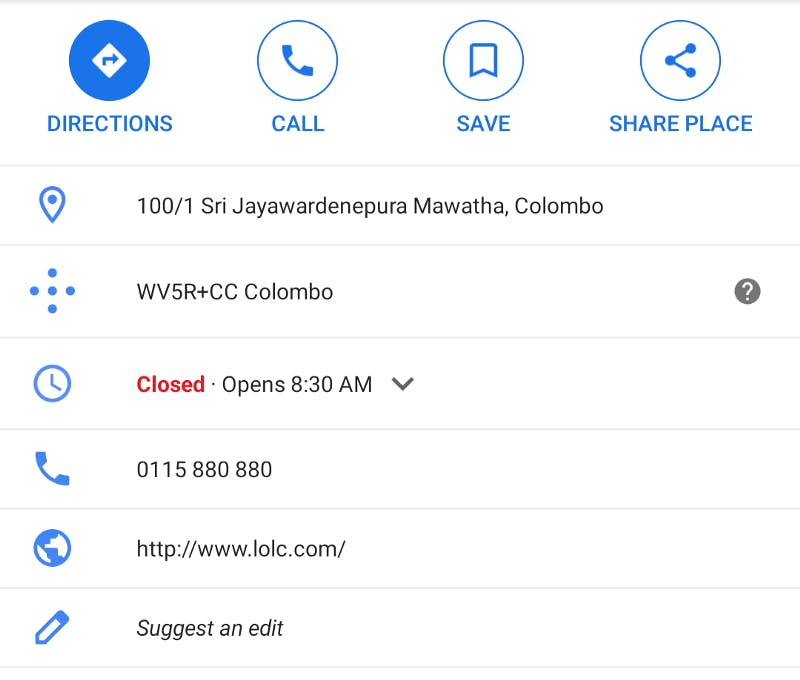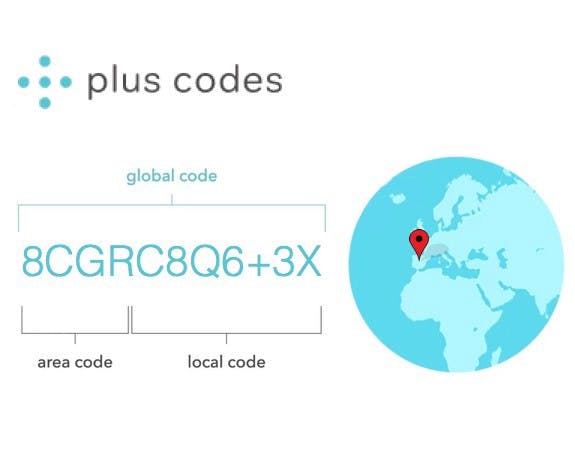Replace Your Home Address With Plus Codes
A 10-letter code that can locate you anywhere on the planet!
Cover Photo by Simon Migaj on Unsplash
What Is a Plus Code?
A plus code behaves similarly to a physical address for persons or locations that do not have one. Furthermore, they provide addresses to anyone, anywhere. - allowing them to receive deliveries, access emergency services, and register to vote. They're already improving people's lives.
A plus code address looks exactly similar to an ordinary physical but with a shortcode instead of the street name and number. This enables plus codes to literally exist for any location, even for places where there are no roads.
Where Can You Find It?
I tried using Google Maps for a trip and saw something different at my destination location. It was something like this.

You might be noticing something unusual. You are not alone. I did, too.

Apparently, Google Maps has silently rolled out this new feature. This feature allows you to have an address without roads - literally.
What Are the Benefits of Using Plus Codes?
According to the official Plus Code website, these are the benefits.
 Source:Plus Code
Source:Plus Code
What's the Big Deal?
Most of the world's population lives without addresses. They live on unnamed streets. This makes it impossible for them to get access to basic needs. Lacking a postal address means, in many cases, denial of services such as postal mail, other types of deliveries, emergency services, or voter registration. With the introduction of Plus Codes, anyone in the world can have their location pinned without a valid address.
 Source:Plus Code
Source:Plus Code
The postal services of Cape Verde were the first to support plus codes for mail delivery.
How Does It Work?
Plus codes are based on the latitude and longitude grid, which can be used to define any place on the world. They are significantly shorter and easier to use than standard global coordinates since they employ a simpler coding scheme. A full length of a plus code is ten characters long, with a plus sign before the last two. It consists of two sections:
- The first four characters are known as the area code, describe a 100 × 100 kilometer area.
- The last six characters are known as the local code, describing the neighborhood and the building, with an accuracy of roughly 14 x 14 meters - about the size of one-half of a basketball court.
Each code uses these two parts to locate a larger region and then find the precise location within that region.
If the location is within or near a town, the area code isn't needed. In rural locations, even if the nearest town is up to 25 kilometres away, the area code isn't needed. You can use the local code together with the name of the town.
For those needing more precision, an additional, optional character can be used to improve accuracy to roughly 3 x 3 meters - about the size of a small car.
Check your own Plus Code.

Conclusion
With the adoption of Plus Codes in Google Maps, there is a possibility for Plus Codes to beat alternatives such as What3Words. Could Plus Code gain momentum and replace our traditional latitude-longitude system? Or will its uses be limited, as the original model proposes, to those who really need it because they lack a traditional address?
Check out the Plus Codes API repo on Github.
Resources
